Violets - revered by kings for the healing essential oil.
Beta-ionone is the interesting and healing aromatic chemical with the fragrance of violets - also in Osmanthus flowers and essential oil, iris, petunias and in small amounts in many fruits & veggies.
The endogenous aspect of alpha- and beta-ionone is a new rabbit hole to spend time exploring. It can have anti-cancer and anti-inflammatory benefits in addition to helping create melanin and a better suntan, but alpha or beta ionone was also found to increase cancer metastasis in some research studies.
Beta-ionone seems protective against cancer but not all prostate cancer studies showed similar benefit. It can increase metastasis. It can increase intracellular calcium because of linked TRPV or TRPM channels or calcium channels. That is seen with bitter taste receptors in functional locations too.
It helps other types of cancer by affecting p53 & mAPK. And it can help you tan - help you make melanin. Maybe making melanin is also protective against cancer (I don’t know).
Melanin acts as an antioxidant during normal function. Age or ill health may lead to it becoming a pro-oxidant — we likely need to maintain glutathione and have some vitamin C and other antioxidants to support its functions.
Aside - in many of the citations I have been looking at, I see “no known way to increase melanin production.” News to Know —> beta-ionone is a way that I know of, research based evidence, to promote melanin production and maybe have a better tan. Beta-ionone is an aromatic carotenoid with the fragrance of violets and other spring flowers like petunias and iris, a trace amount is in lilacs. In food we may get some beta-ionone in grapes and wine.
**Wine in small amounts has been shown to be a cardiovascular plus rather than a risk - small being a 1/3 of a standard serving to 1 serving for a petite person or woman or 2 servings for a larger person or man. Genetically, Asians and some other groups do not process alcohol well and would do better to avoid it.
Beta-ionone is produced in small amounts in many plants. It can repel insect predators or attract insect pollinators functions seen in different plant and insect species. (Paparella, et al., 2021)
“It is a common aromatic volatile found in various tissues in many plant species, e.g., in the essential oil (EO) of Osmanthus fragrans, Petunia hybrid, and Rosa bourboniana, and in fruits and vegetables, including carrot, tomato, melon, raspberry, apricot, plum, apple, and fig [14,17,18,19,20,21]. β-Ionone has become quite attractive for commercial applications and in medical and pharmaceutical industries [22,23,24,25,26,27,28].” (Paparella, et al., 2021)
From the Conclusion of the paper ‘Ionone Is More than a Violet's Fragrance: A Review,’ (Aloum, et al., 2020):
"β-Ionone, whether of an endogenous or exogenous origin, possess anticancer, chemopreventive, cancer promoting, melanogenesis, anti-inflammatory and antimicrobial activity. β-Ionone mediates these effects via activation of OR51E2 and modulation of HMG CoA reductase, cell cycle regulatory proteins, pro- and anti- apoptotic pathways, pro-inflammatory cytokines and anti-oxidant enzymes. The activation of OR51E2 causes regulation of the activity of various kinases and an increase in intracellular calcium. OR51E2 activation results in anti-proliferative effect and metastasis in prostate cancer cells, anti-proliferative effect and melanogenesis in melanocytes and proliferation and metastasis in retinal pigment epithelial cells." (Aloum, et al., 2020)
Ionone is named after violets, the most commonly associated flower with the fragrance. Large amounts of the oil might smell like cedarwood though, and genetically, some people may only smell the stronger cedarwood fragrance. *I don’t think cedarwood essential oil contains alpha or beta ionone though. (Kamatou, et al., 2010)
"The term ionone is derived from “iona” (Greek for violet) which refers to the violet scent and “ketone” due to its structure. Ionones can either be chemically synthesized or endogenously produced via asymmetric cleavage of β-carotene by β-carotene oxygenase 2 (BCO2)." (Aloum, et al., 2020)
This post is in follow-up to the post: How to make more melanin? Spend time in the sunshine smelling spring flowers, (Substack).
How to make more melanin? Spend time in the sunshine smelling spring flowers.
Is Tea Tree essential oil safe for internal use? Not officially, but I use it as a mouth rinse or toothpaste addition regularly. There was a question, elsewhere, about doTerra brand Tea Tree Oil and why the label used to have internal use guidance and now it doesn't. Did something change? Is it edible/safe for internal use or not?
OR - olfactory receptors are found throughout the body with functional roles for health, which makes 'perfume' a potential health product.
"Further studies displayed that OR expression is not constrained to olfactory epithelium, however they are unexpectedly expressed in all human tissues studied to date such as colon, lung, ovary, liver, kidney, lymph node, heart, blood, testis, skeletal muscle, skin, adipose, adrenal, brain, breast, prostate, and thyroid. Over 40 different OR have been identified, which are found to be expressed in more than 45 different human tissues. This ectopic expression of OR suggests that the function of OR is more than odor detection and discrimination [45,52,53,54]. Studies reported various functions of ectopically expressed OR such as regulation of serotonin release in enterochromaffin cells [55], cancer cell proliferation [56], cytokinesis [57], blood pressure, enzyme secretion in kidneys [58,59] and sperm chemotaxis [60,61,62,63]." (Aloum, et al., 2020)
Smelling violets to help regulate cancer cell proliferation . . . a luxury revered by royalty in the 1800s.
One kilogram could be produced from 33,000 kilograms of violets. Chemists were actively seeking ways to synthesize the aromatic ionone and it was achieved in 1893 using less expensive orris root oil as the source of the fragrant but unknown chemical. This led to the creation of the fragrance industry.
"Violet scent (ionone) is currently used in many commercial products as its price is low. However, before the 1890s violet flower oil was considered the most precious of all essential oils. This is because the production of one kilogram of violet oil requires 33,000 kg of violet flowers [19], which cost approximately 82,500 German gold marks for raw materials. This costly procedure motivated many chemists and industries to find a cost-efficient way to synthesize this oil [20].
Thus in 1893, Tiemann and Krueger investigated the compound responsible for the scent of violets by studying orris root oil; a much cheaper oil with a similar odour principle [20,21]. They achieved the synthesis of ionone in two steps. First, they performed an aldol condensation of citral with acetone (dimethyl ketone) in an alkaline medium to produce pseudoionone. Then pseudoionone was cyclized to ionone upon exposure to acidic conditions (Scheme 1). The type and concentration of acid used determines the ratio of α-ionone and β-ionone produced in this reaction. For example, phosphoric, fumaric and other weaker acids mainly yield α-ionone while concentrated sulfuric acid preferentially yields β-ionone [22,23]. This synthesis marked the start of fragrance chemistry (Duftstoff-Chemie) [2]. Today the global usage of α-ionone and β-ionone is approximately between 100 and 1000 metric tons yearly [10,11]."
Unusual historical use by Cleopatra of turpentine oil for the post metabolic fragrance of beta-ionone . . . allegedly.
"Pinene is the major constituent of turpentine oil. The turpentine derived from the resin of terbenith tree had been widely used as a medicine and in wine as a preservative agent and taste enhancer. It was noticed that the consumption of turpentine oil alters the urine scent into violet. Anecdotally, turpentine oil was allegedly used by Cleopatra for this purpose. However, mixing turpentine oil with urine doesn’t confer the urine violet-like scent. It was assumed that ionone is the compound accountable for the scent of violet. Thus, it was concluded that pinene (the most prevalent compound in turpentine) should be converted into ionone and then the latter must be renally excreted to produce the violet scent of urine. " (Aloum, et al., 2020)
They walk you through the chemistry if interested in the chemical synthesis of beta-ionone. (Aloum, et al., 2020)
Breaking news - men should sniff more violets or Osmanthus flowers
(Osmanthus essential oil, I am unaffiliated) - the main receptor for beta-ionone is widespread in various tissues but is in greatest concentration in the prostate. (but we don’t know if it is also in the Skene glands in females) The essential oil link shared that beta-ionone or Osmanthus essential oil may help collagen production too. (Choi, et al., 2021)
“Osmanthus fragrans has been used as folk medicine for thousands of years. The extracts of Osmanthus fragrans flowers were reported to have various bioactivities including free radical scavenging, anti-inflammation, neuroprotection and antitumor effects.” (Wang, et al., 2017)
Aside - melanin and collagen are like semi-conductors or some other part of an electrical network.
Which is interesting because the Kruse/Huberman videos discussed the role of collagen and melanin as semiconductors or diodes or some other battery terms which I need study more. Our bodies are an electrical network with our own tiny internal antennae and power stations in the mitochondria and storage of energy in pigments like melanin. « I am still working on this topic.
Also interesting coincidence - people who buy Osmanthus oil tend to also buy Cedarwood oil. I do use Cedarwood quite a bit. It may help promote GABA and may be helpful for ADHD. Violet essential oil from the same company (wholesalebotanics.com) people buy cedarwood with that one too, so maybe the company just wants to sell more Cedarwood oil. Nope - people who buy Clove oil also frequently buy Flaxseed oil. *Their prices look good and they have a wholesale/bottling and labeling side of their business for small companies. Looking closer at the Osmanthus page - it says the oil blends well with Cedarwood, Bergamot, and/or eucalyptus oils.
A receptor for beta-ionone has two names -
"Several studies showed that ionone binds to OR51E2 [45,49,56,64,65,66,67,68]."
"OR51E2 expression is augmented in prostate cancer [54,69]. Thus, it is also identified as prostate-specific G-protein-coupled receptor (PSGR) [45,54] and considered a marker for prostate tumor [70]. However, Cao et al. reported that PSGR expression was high in prostate intraepithelial neoplasia but decreased as the disease progressed to prostate cancer. In prostate cancer patients, low PSGR expression was found to be correlated with poor overall survival [66]." (Aloum, et al., 2020)
“The odorants of OR51E2 are β-ionone, androstenone, and propionate, and the antagonist is α-ionone. OR51E2 is expressed in primary human melanocytes. OR51E2 signaling inhibits proliferation, enhances melanogenesis, and induces dendritogenesis of primary melanocytes. In response to OR51E2, melanocyte cell proliferation decreases, while differentiation and melanin content increases28. In melanocytes, OR51E2 increases Ca2+ concentration intracellularly and extracellularly, phosphorylating p38 and MAPK. In research on melanoma cells, β-ionone showed no effect on cell migration, while cell migration increased upon downregulation of lysophosphatidic acid-induced migration. Signals induced by β-ionone were reported to inhibit the proliferation and migration of primary melanoma in the vertical growth phase (VGP) via the apoptotic process. The anti-proliferative and pro-apoptotic effects of OR51E2 in melanoma suggest the therapeutic possibility for the use of OR51E2 against melanoma.
OR51E2 is also highly expressed in lung-resident cells. OR51E2 is activated by propionate, a kind of short-chain fatty acid (SCFA), as ligand, and OR51E2 activation alleviates airway obstruction by inhibiting human airway smooth muscle cell proliferation29. Moreover, OR51E2 can be activated by acetate, another SCFA, and this activation can upregulate renin secretion30.
A previous study found that OR51E2 is specifically expressed in prostate tissue, especially in epithelial cells of the prostate gland. OR51E2 also exhibited overexpression in prostate tumors compared with normal prostate tissues. Therefore, OR51E2 may be a biomarker of prostate cancer and also complementary with α-methylacyl-CoA racemase, which is used to diagnose prostate cancer30. OR51E2 activation stimulated protein tyrosine kinase Pyk2 and tumor suppressor protein N-myc downstream-regulated gene 1 (NDRG1) (Pyk2-NDRG1 axis). OR51E2 also inhibited prostate cancer cell proliferation by upregulating phosphorylation of p38-MAPK and JNK/SAPK. In this case, OR51E2 was activated by ketone, especially androstenone. Stimulation decreased cell proliferation, and β-ionone inhibited cell proliferation31. These pathways are shown in Fig. 4.” (Seo, et al., 2022)
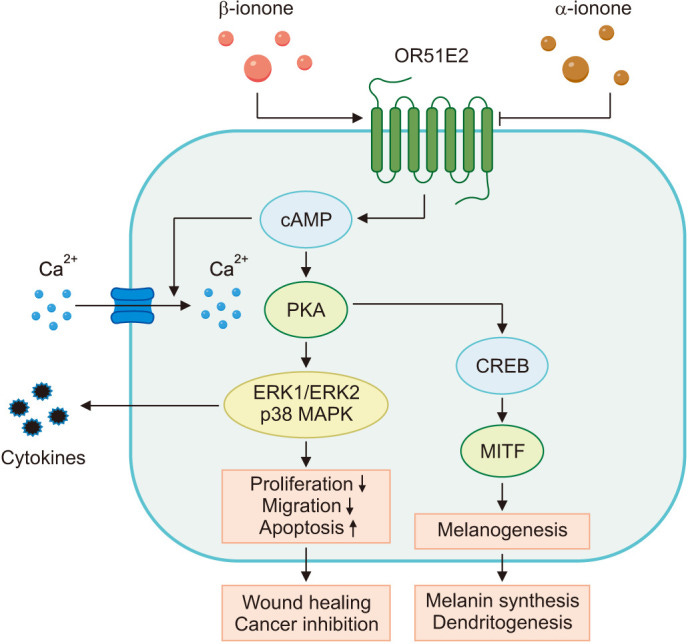
Sweet little violet - revered by ancient kings. Like pomegranate - which also can affect the ERK-p38-MAPK pathway.
What is ERK….or MAPK?
They are pathways that help control cell growth, proliferation, survival and death by apoptosis, and whether a cell can move around or not. These pathways are frequently out of control in cancer cells (in one third of cancer types), so plant nutrients can help regulate cancerous changes externally by microRNA effects, or receptor activation or inhibition. The plant chemicals can help provide regulation when cell genetics are messed up.
“The PI3K/AKT and MAPK/ERK pathways both are important intracellular signal transduction cascades, regulating cell growth and proliferation, survival and apoptosis, and mobility and invasion [8,9,13]. In tumorigenesis, oncogenic amplifications and/or mutations of the effectors in PI3K/AKT and MAPK/ERK pathways occur frequently, leading to aberrant activation of signaling [[14], [15], [16], [17], [18], [19], [20], [21]]. PI3K/AKT and MAPK/ERK pathways are dysregulated in almost one-third of human cancers, and in many cancers, the PI3K/AKT and MAPK/ERK pathways are concurrently activated and thus are hot targets for cancer therapy [10,22].” (Cao Z, et al, 2019)
Best movie line ever “Violet, you’re turning violet!” - Charlie and the Chocolate Factory, Roald Dahl
Genetic random aside - plant genetics - the white bicolor violets and the deep purple violets have created just a few fully striped purple on white bicolor violets.
My mother had introduced the white bicolor violets from her childhood farm in southern Illinois. Now they outnumber the dark purple ones and we have only a few of the fully striped purple.
Foraging violets - the flowers are edible and peppery in taste. The leaves are edible but the tuberous roots are not.
Disclaimer: Opinions are my own and the information is provided for educational purposes within the guidelines of Fair Use. While I am a Registered Dietitian this information is not intended to provide individual health guidance. Please see a health professional for individual health care purposes.
Reference List
(Aloum, et al., 2020) Aloum L, Alefishat E, Adem A, Petroianu G. Ionone Is More than a Violet's Fragrance: A Review. Molecules. 2020 Dec 10;25(24):5822. doi: 10.3390/molecules25245822. PMID: 33321809; PMCID: PMC7764282.
(Cao Z, et al, 2019) Cao Z, Liao Q, Su M, et al., AKT and ERK dual inhibitors: The way forward? Cancer Lett. 2019 Sep 10;459:30-40. doi: 10.1016/j.canlet.2019.05.025. Epub 2019 May 23. PMID: 31128213. Available at: https://www.sciencedirect.com/science/article/pii/S0304383519303209?via%3Dihub
(Choi, et al., 2021) D, Kang W, Park S, Son B, Park T. β-Ionone Attenuates Dexamethasone-Induced Suppression of Collagen and Hyaluronic Acid Synthesis in Human Dermal Fibroblasts. Biomolecules. 2021 Apr 21;11(5):619. doi: 10.3390/biom11050619. PMID: 33919331; PMCID: PMC8143342. https://www.ncbi.nlm.nih.gov/pmc/articles/PMC8143342/
(Kamatou, et al., 2010) G.P.P. Kamatou, A.M. Viljoen, T. Özek, K.H.C. Başer, Chemical composition of the wood and leaf oils from the “Clanwilliam Cedar” (Widdringtonia cedarbergensis J.A. Marsh): A critically endangered species, South African Journal of Botany, 2010, 76(4);652-654, ISSN 0254-6299, https://doi.org/10.1016/j.sajb.2010.04.002. https://www.sciencedirect.com/science/article/pii/S0254629910001341
(Paparella, et al., 2021) Paparella A, Shaltiel-Harpaza L, Ibdah M. β-Ionone: Its Occurrence and Biological Function and Metabolic Engineering. Plants (Basel). 2021 Apr 12;10(4):754. doi: 10.3390/plants10040754. PMID: 33921545; PMCID: PMC8069406. https://www.ncbi.nlm.nih.gov/pmc/articles/PMC8069406/
(Seo, et al., 2022) Seo J, Choi S, Kim H, Park SH, Lee J. Association between Olfactory Receptors and Skin Physiology. Ann Dermatol. 2022 Apr;34(2):87-94. doi: 10.5021/ad.2022.34.2.87. Epub 2022 Mar 24. PMID: 35450315; PMCID: PMC8989906. https://www.ncbi.nlm.nih.gov/pmc/articles/PMC8989906/
(Wang, et al., 2017) Wang L, Tan N, Hu J, Wang H, Duan D, Ma L, Xiao J, Wang X. Analysis of the main active ingredients and bioactivities of essential oil from Osmanthus fragrans Var. thunbergii using a complex network approach. BMC Syst Biol. 2017 Dec 28;11(1):144. doi: 10.1186/s12918-017-0523-0. PMID: 29282071; PMCID: PMC5745743. https://www.ncbi.nlm.nih.gov/pmc/articles/PMC5745743/





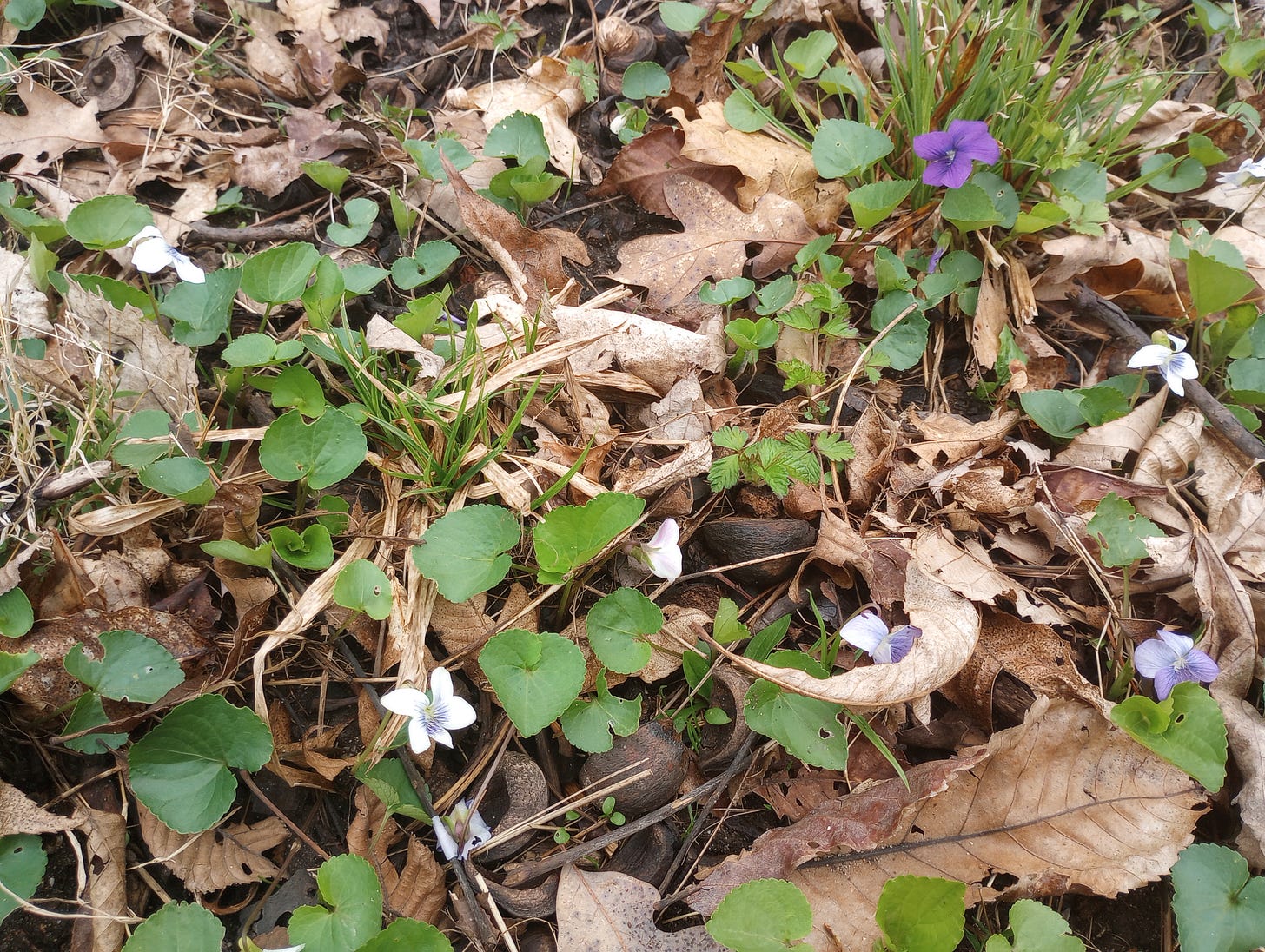
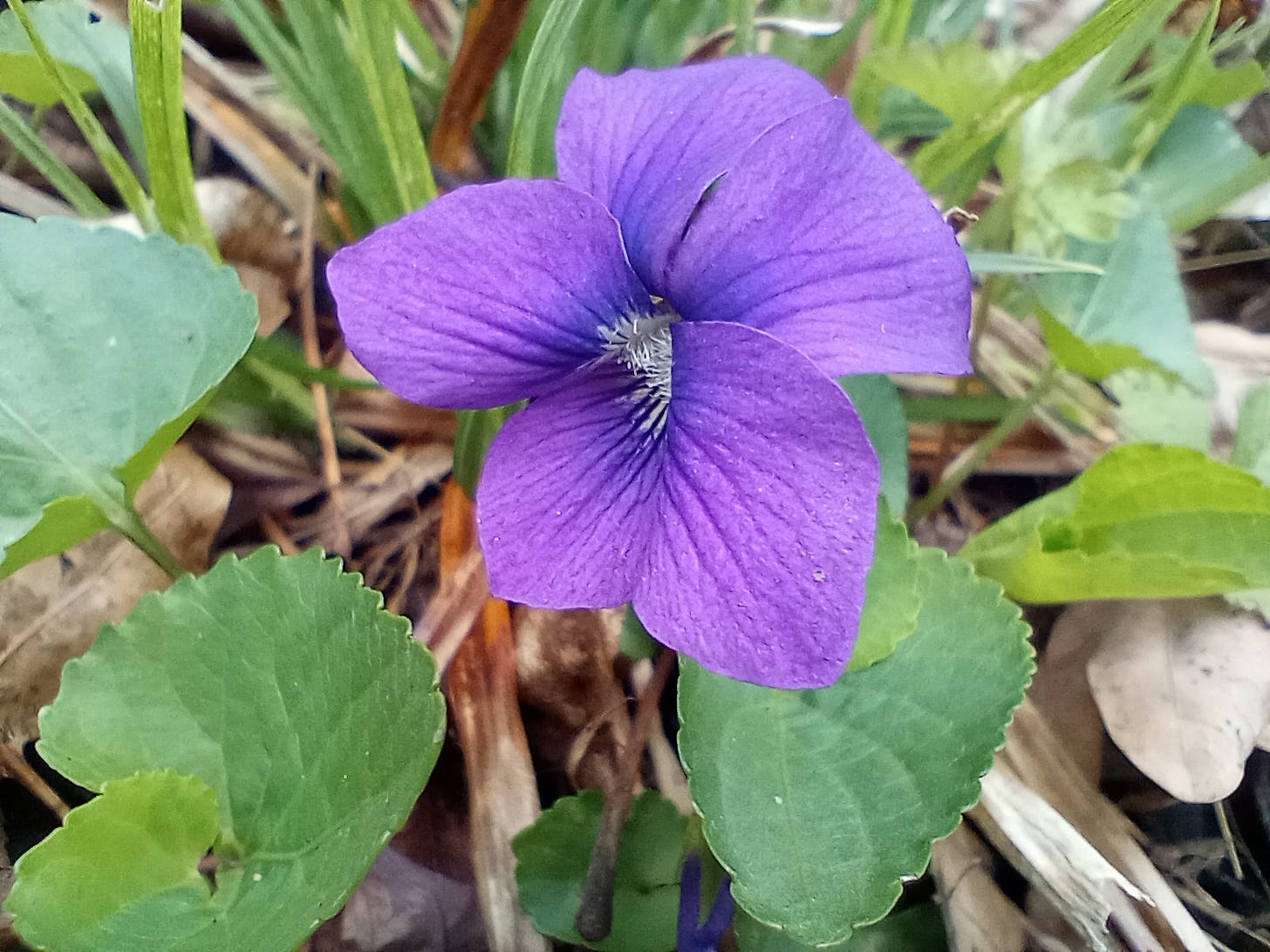


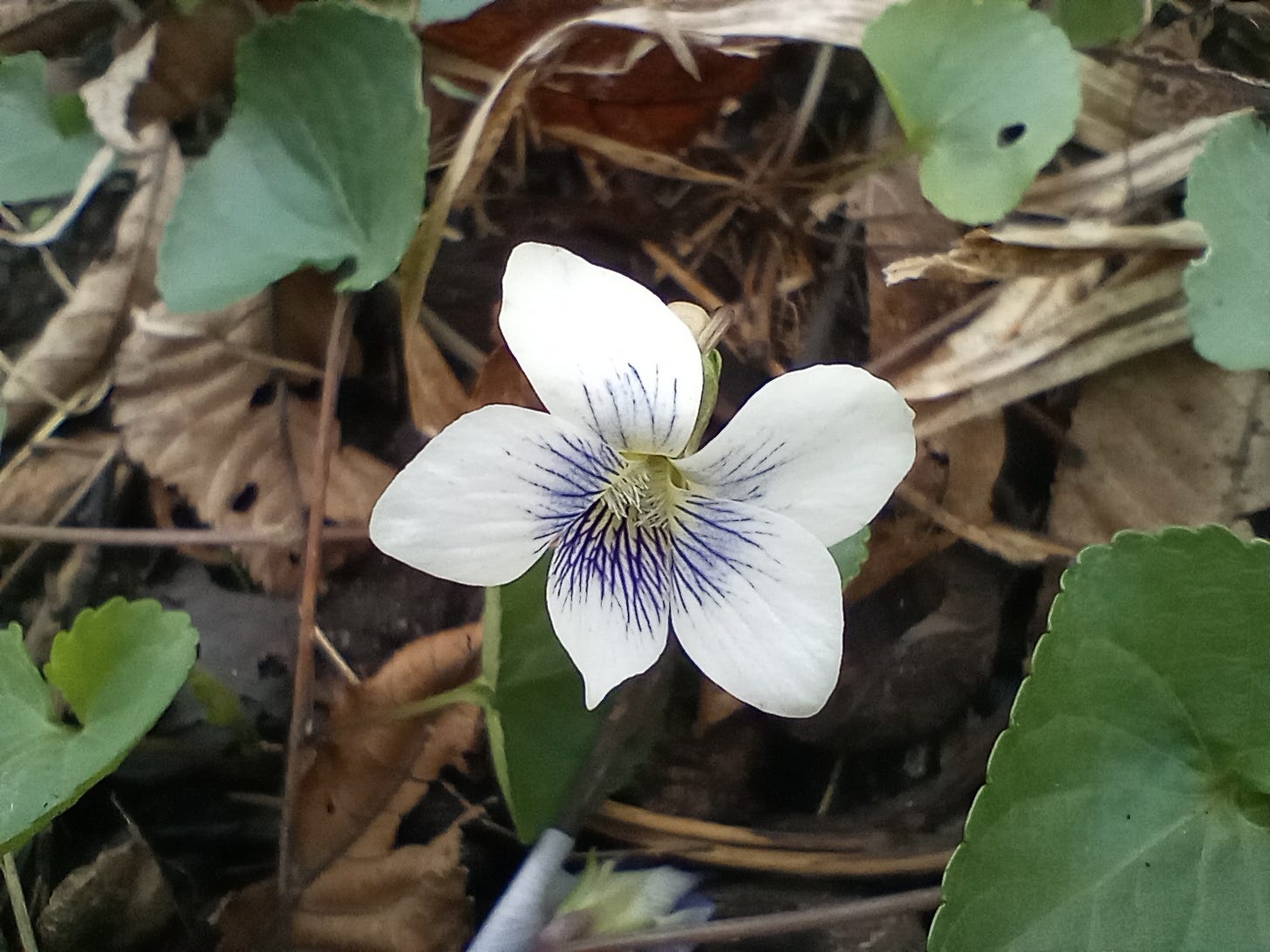
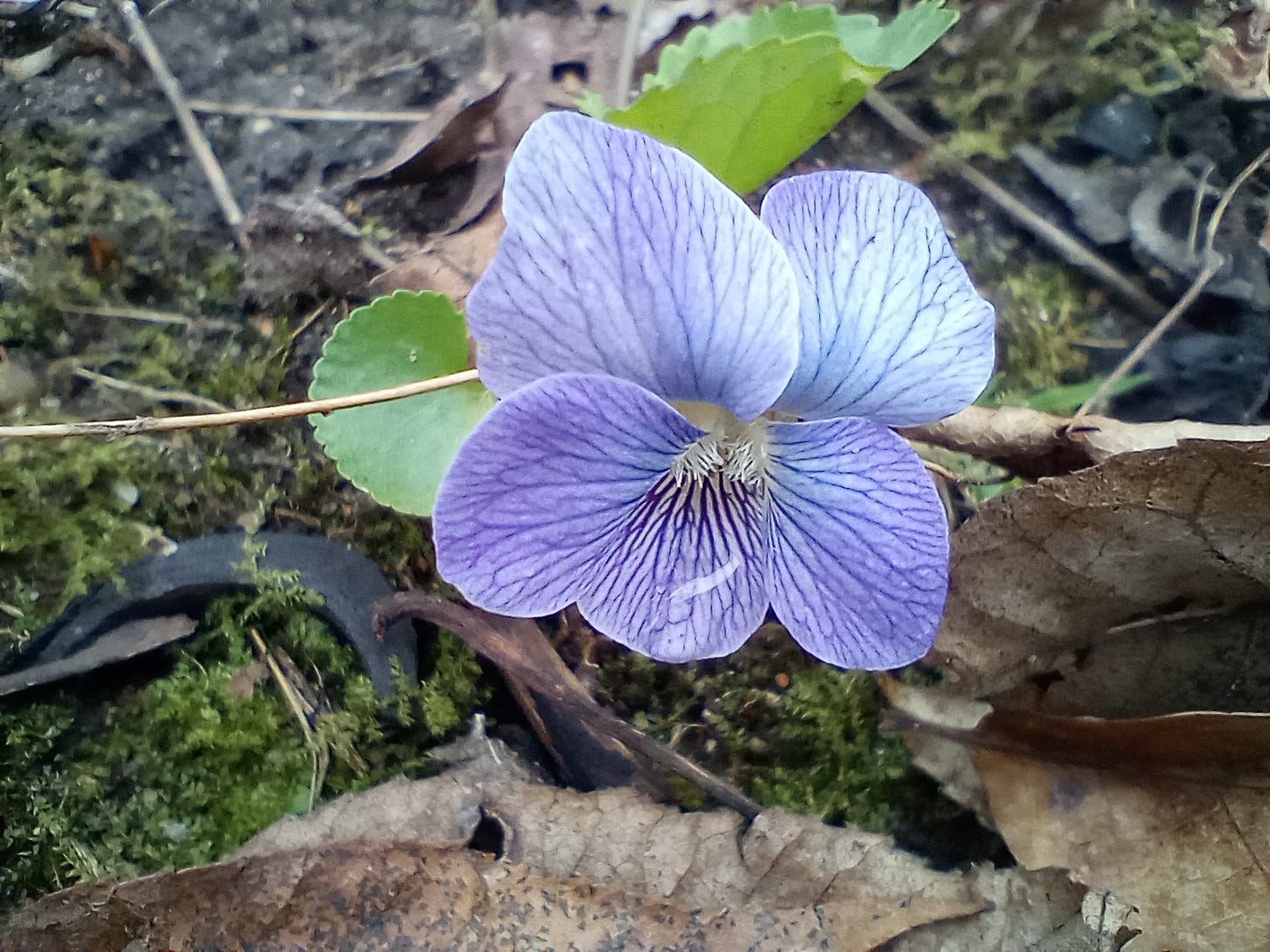
JD - an olfactory opus, gives new meaning to "stop and smell the flowers". Two takes on that...
https://youtu.be/f4mcNIqnX_8?
https://youtu.be/oDfI6MrKNEc?
Thank you Jennifer, thought you might like this..
Zoopharmacognosy
CAROLINE INGRAHAM VIDEOS
Inspirational Animal Stories
https://www.carolineingraham.com/inspirational-animal-stories